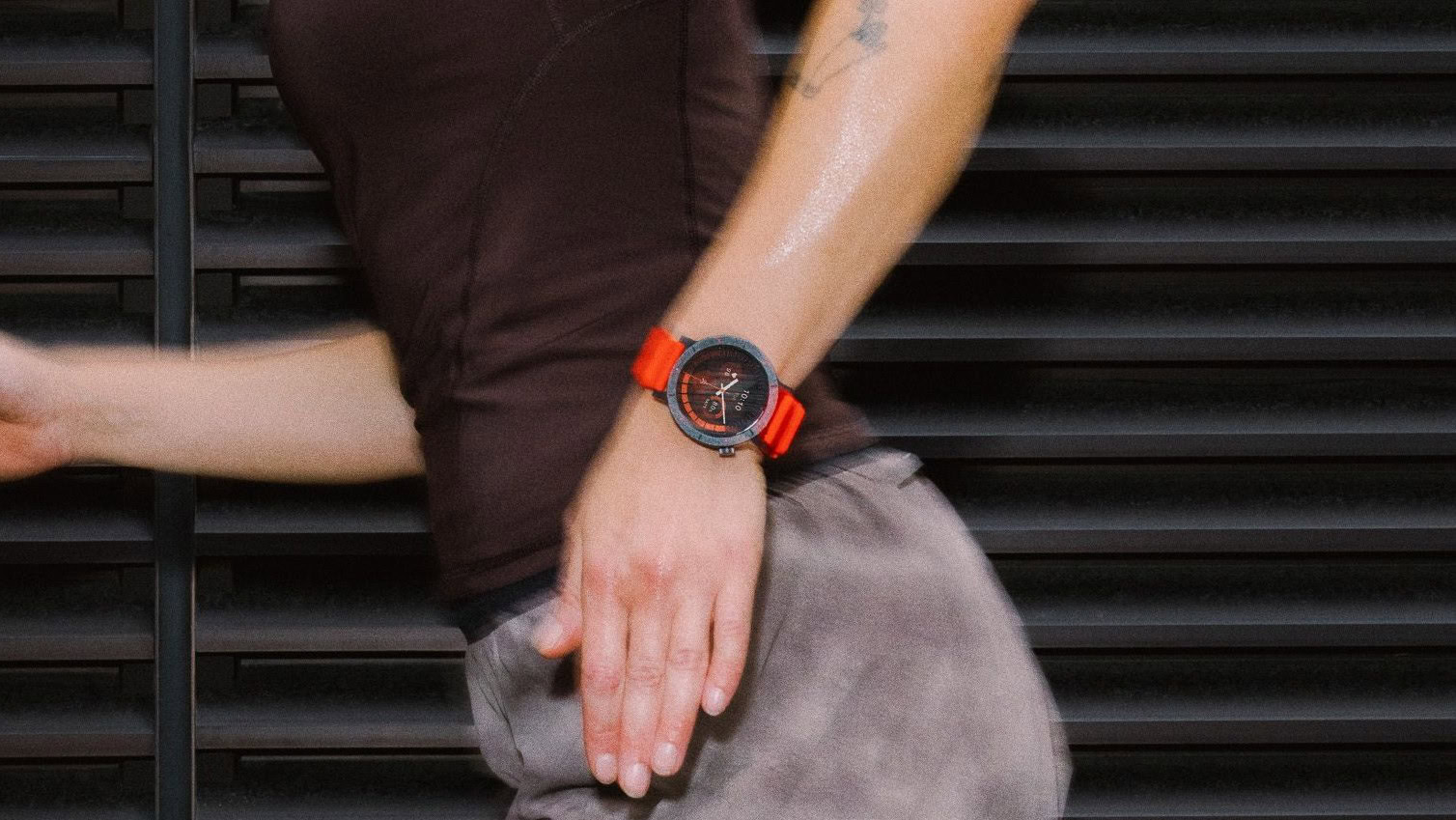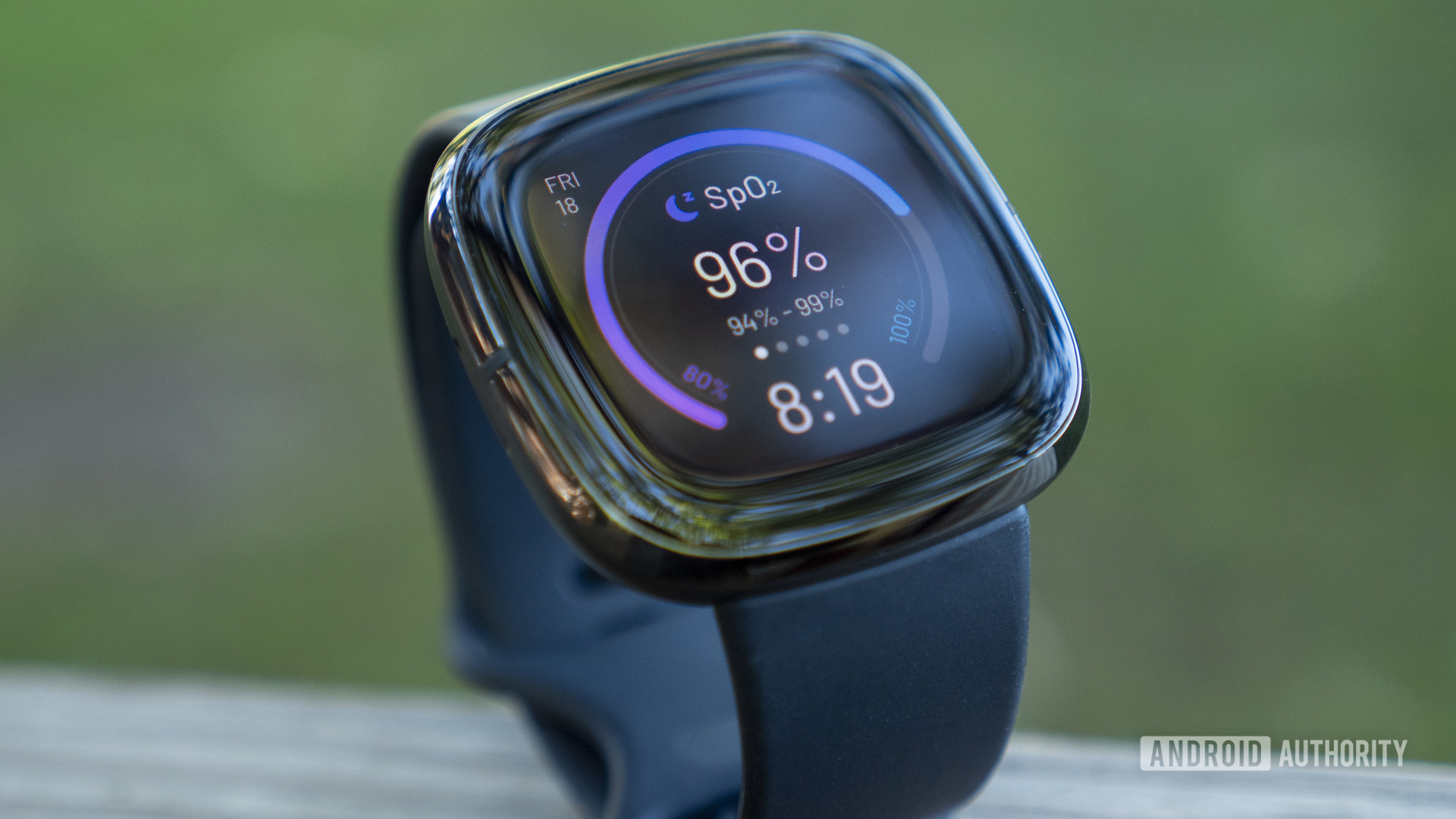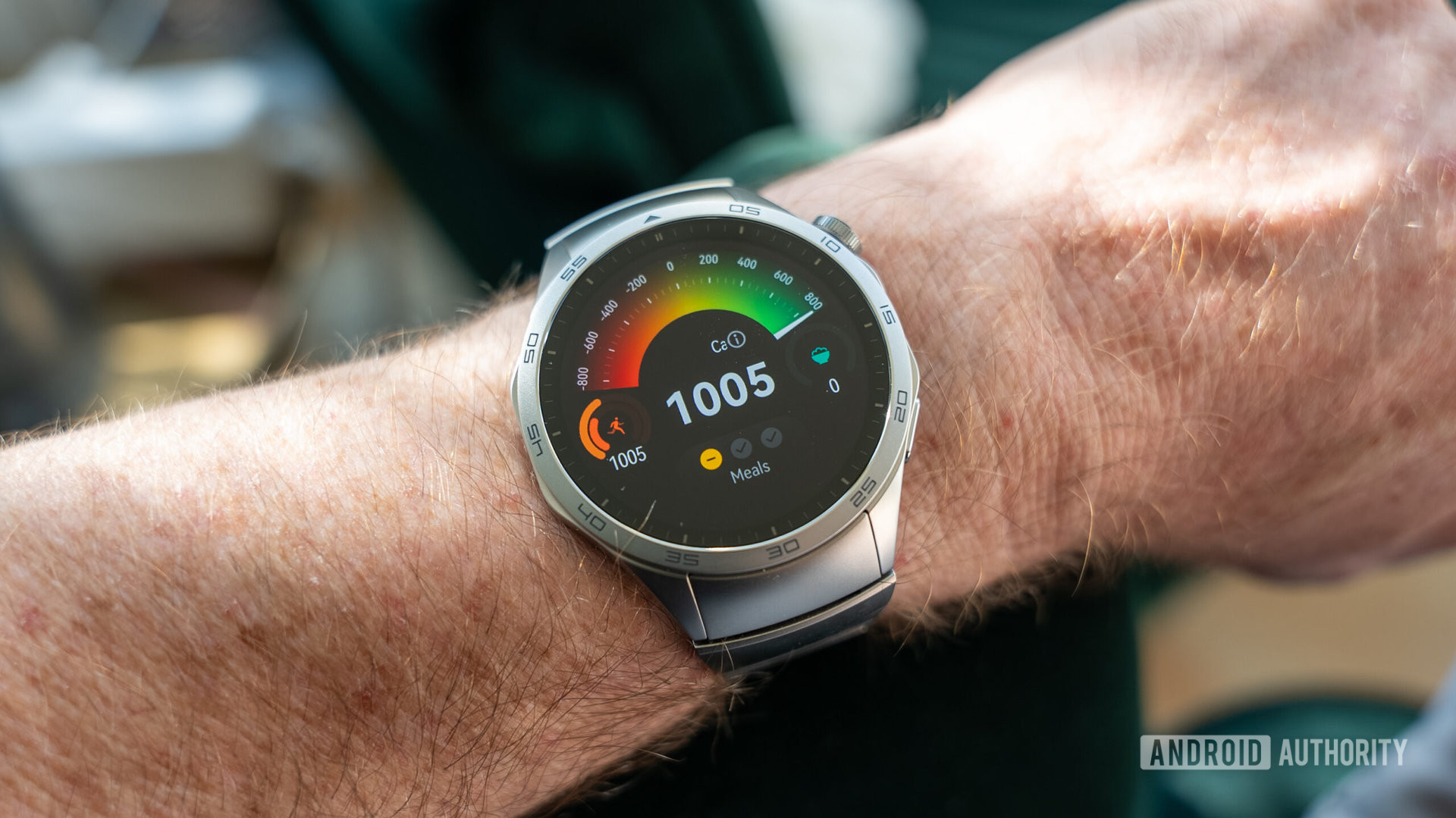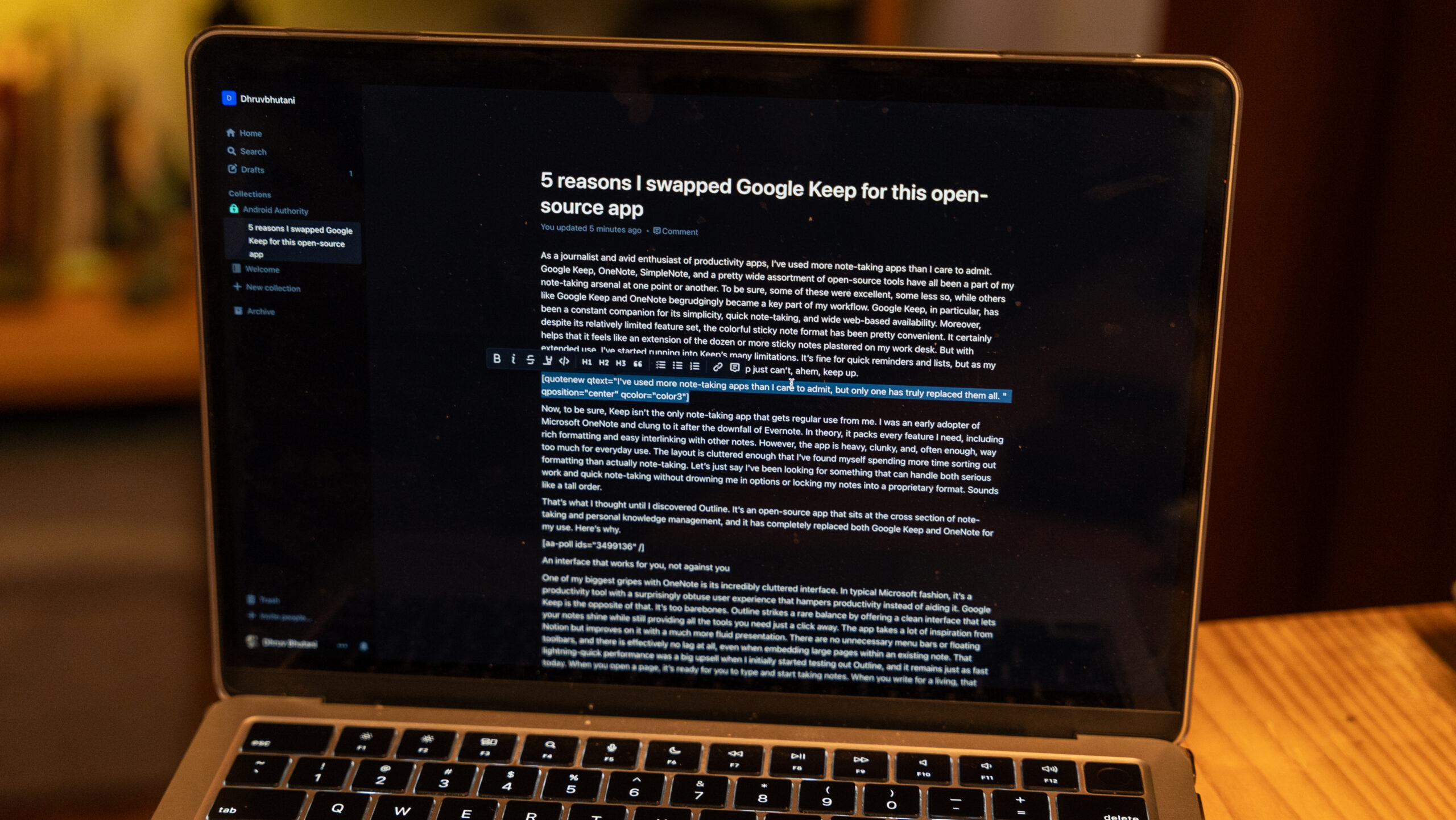

Here in the mobile tech world, we absolutely love slapping labels on products, breaking the market down into categories. Some of those are clearly defined: While they come in all sorts of shapes and sizes, no one’s really debating what counts as a “foldable” smartphone. But others have been far more nebulous — remember 15 years ago when “phablets” suddenly descended upon us, but no one quite seemed to agree on where to draw the line between those and regular smartphones?
Some of those ambiguities resolve themselves — with phablets, at least, phones in general have grown so large that the word has lost all meaning — but others have really managed to persist.
One that keeps jumping out at me is “smartwatch” and I think that’s because to my mind, this one should be as much of a no-brainer as “foldables.” While there are lots of differences between feature phones and smartphones, the most important in my mind has been the way a proper smartphone gives you the freedom to run the software of your choice — it’s a very portable general-purpose computer, and what it can do is only limited by the apps that are built for it.
It only follows that this should be the line for smartwatches, as well — your Apple Watch or Pixel Watch are full-fat smartwatches specifically because they have access to their respective app stores. And if you can’t find the app you want, there’s little preventing you from spinning it up yourself (maybe even with the help of AI).
What’s in a name, after all?

Kaitlyn Cimino / Android Authority
But there are smartwatches, and then there are “smartwatches.” Earlier this week, Nothing introduced its new CMF Watch Pro 3. It’s got a bigger-than-ever 1.43-inch AMOLED display, tracks all your activity, and gives you a choice from over 120 watch faces. And it’s not a smartwatch.
We also just heard about possible plans for a new Moto wearable, with a leak outing what’s supposed to be the return of the Moto 360. It looks the part, offers a smart brushed-metal build, and will almost certainly not be a smartwatch.
Instead, expect Motorola (or, rather, the licensee using the Moto name on wearables through the end of 2025) to deliver yet another model that looks like a smartwatch, and is marketed like a smartwatch, but lacks access to the kind of broader software library that elevates a proper smartwatch above the ranks of a fitness tracker.
I’d contrast these two with the recent launch of the Galaxy Watch 8 series — the first orders of which are just starting to arrive. Samsung’s wearables are arguably some of the best premium options for shoppers looking for a Wear OS smartwatch, not just delivering stunning hardware packed with an impressive array of sensors, but with the sort of broad app support I’d only expect from a capital-S smartwatch. So long as you can get on board with the new squircle design, they seem great! And I’d argue they’re massive overkill for most people.
Giving shoppers what they actually want

Jimmy Westenberg / Android Authority
Fitbit Sense
For all my hemming and hawing about what actually counts as a smartwatch-smartwatch, these aren’t devices that most people are using in the same way they do their phones. While it’s quite possible to get a lot done on a Wear OS watch alone, particularly when we’re talking about a cellular-equipped model, that’s just not the kind of usage most of us are after. Instead, we want a good wearable that’s a companion to our (properly smart) phones.
If everything else were equal, I’d say go with Wear OS anyway — having more features than you need doesn’t have to be a bad thing — but that’s simply not the case, and there’s a huge gulf between these product categories when it comes to the single most important consideration for a wearable: battery life.
How many third-party apps do you even end up using on Wear OS devices?
Smartwatches like the Galaxy Watch 8 simply can’t hold a candle to the CMF Watch Pro 3 when it comes to how often you have to drop your wearable on its charging cradle to top up the battery. With the Watch 8, you’re going to want to be charging it basically every night, while the Watch Pro 3 will probably get away with a charge once a week, if even that.
Keep the price low, make the battery last long, and count steps, and you’re 90% of the way towards the wearable many users are looking for. Some more robust fitness features might sweeten the pot a little, but most of us probably won’t need anything more exotic than run tracking. Music playback can be a nice bonus (that’s sadly getting harder to find), as well as support for tap-and-pay purchases, but this still isn’t anything that requires full app support. Some of you will want notifications on your wearable, but in my experience that can easily go either way, and plenty of users are in no hurry to have that kind of annoyance on their wrist.

Kris Carlon / Android Authority
I still don’t know the best way to talk about this hardware. High-res touchscreens make using these devices feel like Wear OS smartwatches, and physically all these screen-based watches look like peas from the same pod. Smartwatch-style fitness trackers? Big-screen fitness trackers? None of it really rolls off the tongue, and I suspect we’re going to be stuck lumping (incorrectly, I’d still argue) all these together under the inelegant “smartwatch” banner for the foreseeable future.
Whatever they’re called, though, there’s a tangible difference here, and I just wish it were easier for shoppers to recognize and talk about the wearables that are actually the ones that best meet their needs.
RELATED POSTS
View all

